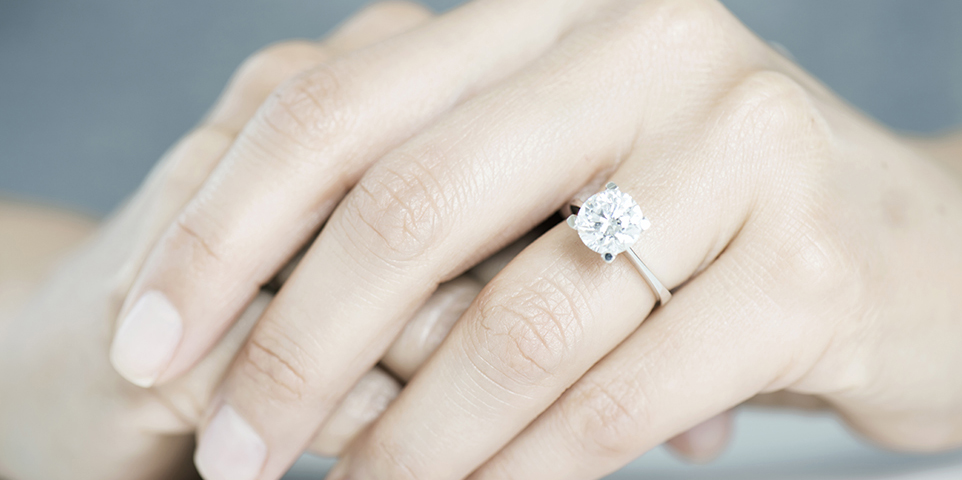A standard homeowners policy includes coverage for jewelry and other precious items such as watches and furs. These items are covered for losses caused by all the perils included in your policy such as fire, windstorm, theft and vandalism.
However, there are special limits of liability for certain valuable items, such as the theft of jewelry. To keep coverage affordable, because jewelry can be easily stolen, the standard policy has a relatively low limit of liability for theft—generally about $1,500. This means that the insurer will not pay more than the amount specified in the policy for any given piece of jewelry or other valuable item.
If you own valuable jewelry, furs, collectibles or other items that would be difficult to replace, there are two ways you can increase coverage:
- Raise the limit of the liability. This is the less expensive option; however, the amounts are still limited for both individual pieces and overall losses. For example, limit to a claim for the loss of an individual piece could be $2,000, with the overall limit at $5,000.
- Purchase a floater policy and “schedule” your individual valuables. While more costly, this option offers the broadest protection for valuables. Floaters cover losses of any type, including those your homeowners insurance policy will not cover, such as accidental losses—say, dropping your ring down the kitchen sink drain or leaving an expensive watch in a hotel room. Before purchasing a floater, the items covered must be professionally appraised; you can ask your insurance professional to recommend a reputable appraisal firm.
Next steps: Don't know what you own? Here are good reasons to take a home inventory.


